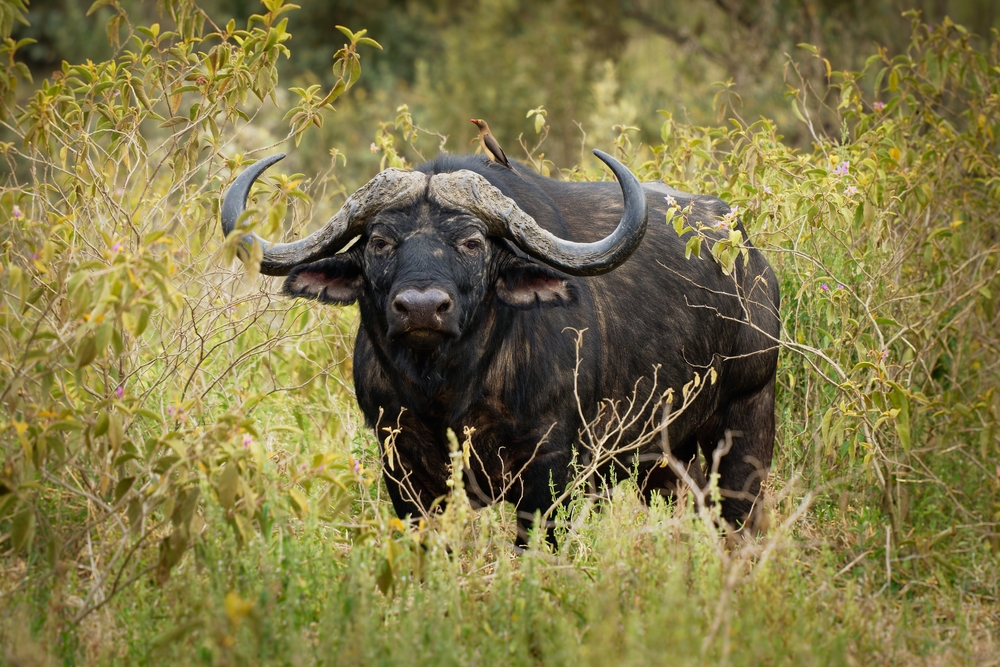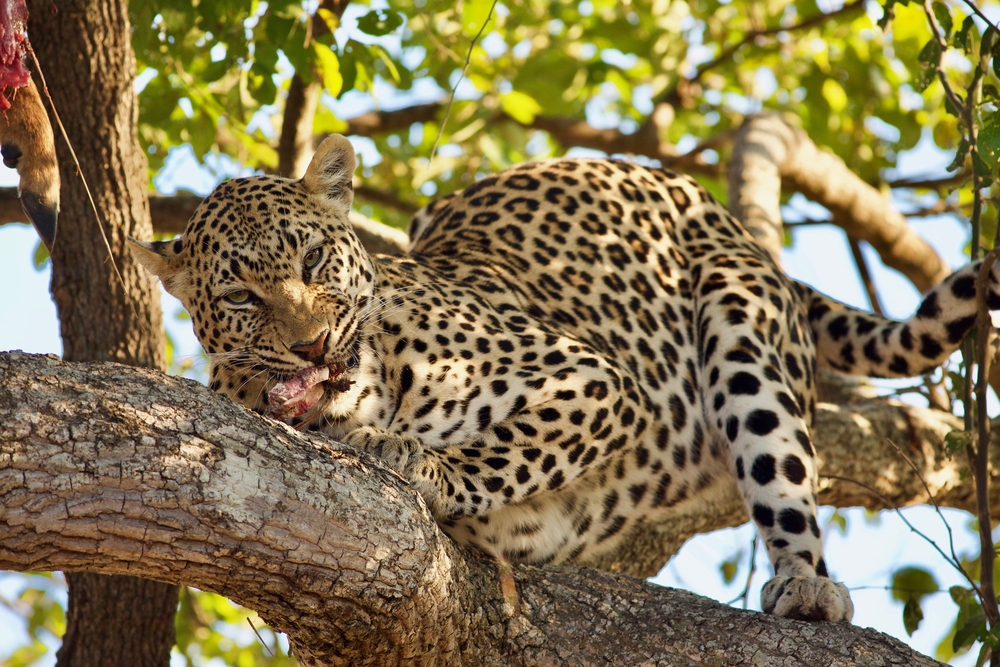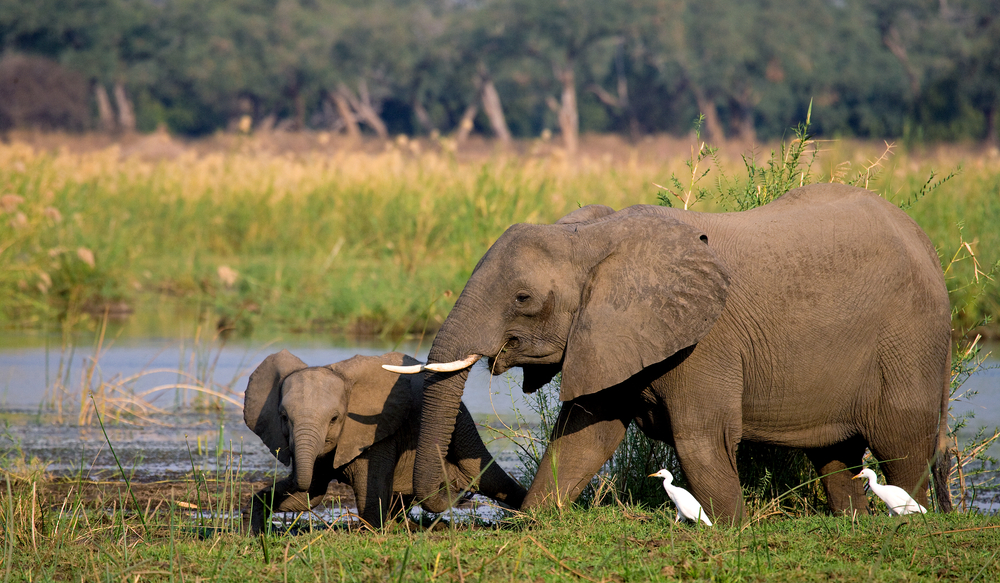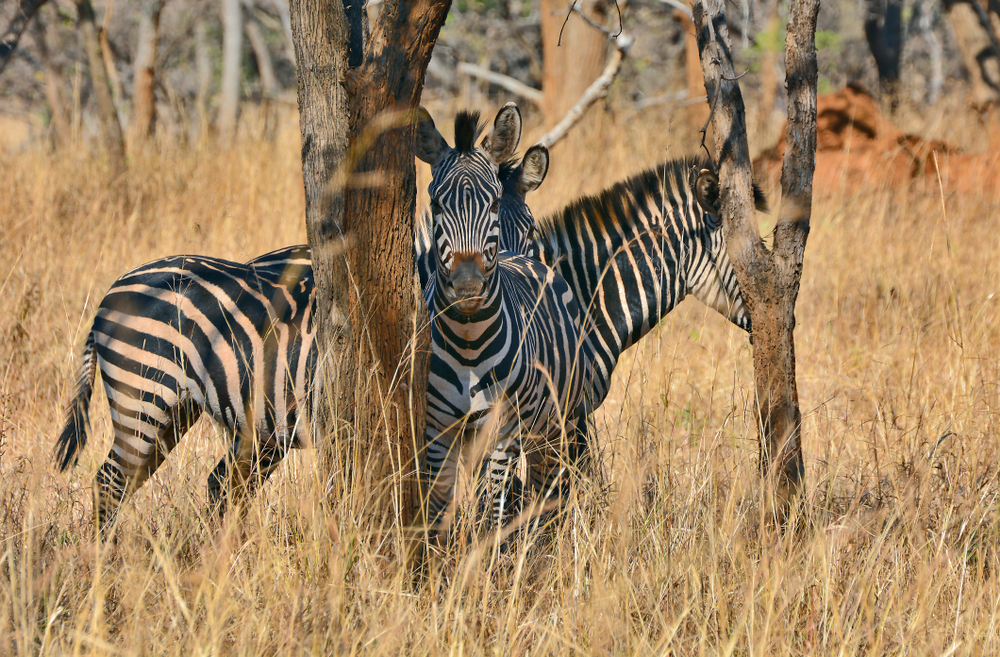West Lunga Overview
West Lunga National Park, known locally as Paki ya West Lunga, is a remote and pristine wilderness located in the northwest corner of Zambia, within the North-Western Province. Covering approximately 1,684 square kilometers (650 square miles), this lesser-known park is nestled between the West Lunga and Kabompo Rivers. Its isolation and limited development make it one of Zambia’s most untouched natural sanctuaries, offering a truly wild and unspoiled experience for intrepid travelers and conservation enthusiasts.
The park’s terrain is characterized by lush miombo woodlands, swampy dambos, and riverine forests, creating a mosaic of diverse habitats. While West Lunga National Park does not feature mountains or towering waterfalls, its wetlands, rivers, and forested landscapes provide unique beauty and a haven for wildlife. The park is home to the crystal-clear West Lunga River, a vital lifeline for the ecosystem, meandering through dense forests and grassy plains.
West Lunga National Park is known for its rare and elusive wildlife. It harbors species such as the sitatunga, a semi-aquatic antelope that thrives in swampy areas, as well as bushbucks, duikers, and reedbucks. Larger mammals like buffalo, elephants, and leopards occasionally roam the park, while primates such as vervet monkeys and yellow baboons inhabit the riverine forests. Birdlife is exceptional, with over 400 recorded species, including the African pitta, Ross’s turaco, and the rare black-faced rufous warbler, making the park a hotspot for birdwatching enthusiasts.
Despite its natural wealth, West Lunga National Park has faced significant challenges, including poaching and habitat degradation. Efforts to conserve the park’s biodiversity are ongoing, with increased focus on community involvement, anti-poaching initiatives, and habitat restoration. The park is a critical part of Zambia’s conservation strategy, serving as a refuge for species that rely on its diverse and delicate ecosystems.
Visitors to West Lunga National Park can enjoy activities such as walking safaris and birdwatching, providing opportunities to experience the park’s rich biodiversity up close. The West Lunga River is ideal for canoeing and fishing, offering serene encounters with nature. While infrastructure remains limited, the park’s untouched wilderness and lack of crowds appeal to adventurers seeking a remote and tranquil escape.
In summary, West Lunga National Park is a hidden gem in Zambia, offering an extraordinary blend of lush landscapes, rare wildlife, and peaceful seclusion. Its remote location and ongoing conservation efforts make it an essential part of Zambia’s natural heritage and an ideal destination for those who value exploration and unspoiled wilderness.














































































